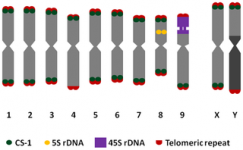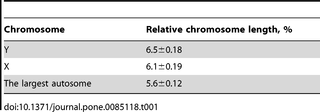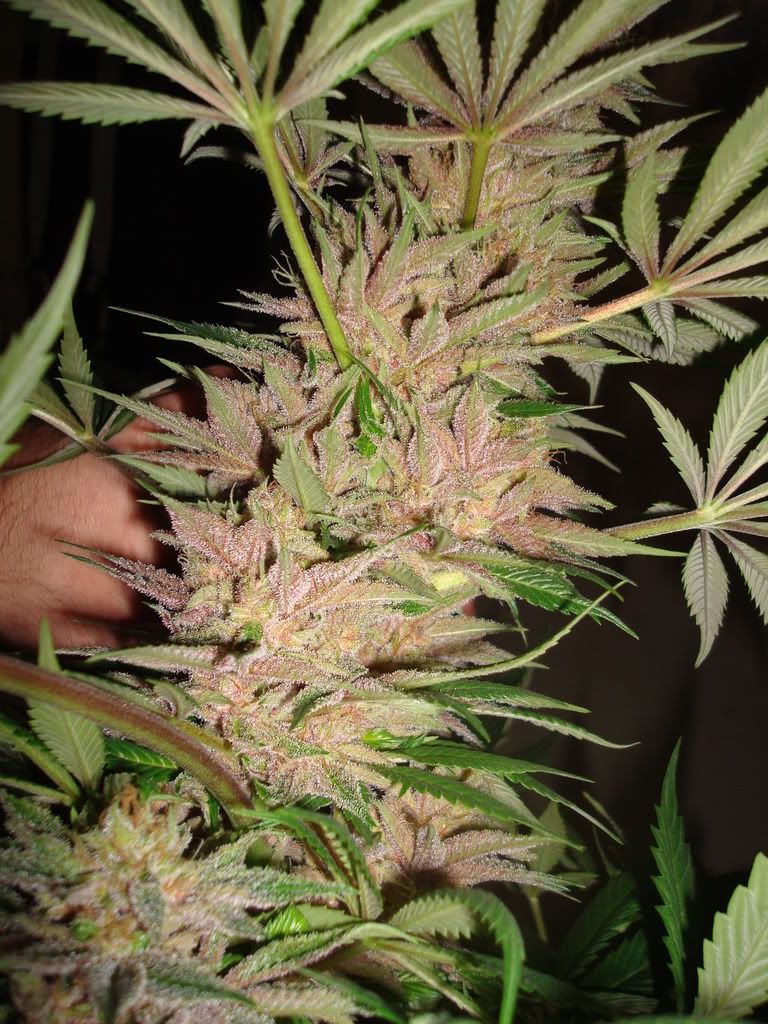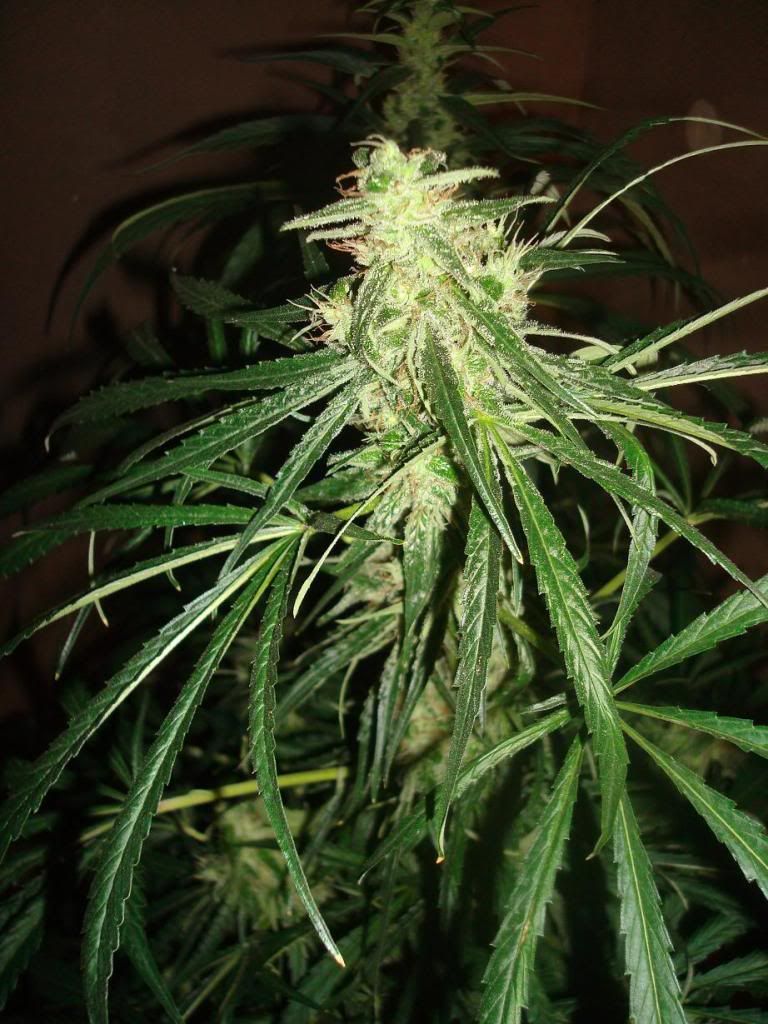I have never heard anything about this,,,,
I think intralocus interaction and degrees of dominance is what's being brought up. Eg red(AA) X white(aa) begets pink(Aa) as apposed to red (Aa).. There are several examples of this even when observing the most basic of traits (eg broad leaf X narrow = intermediate) so really it probably should be covered in even the most basic of text.. -T




 ...ejemplo tio?
...ejemplo tio? 




